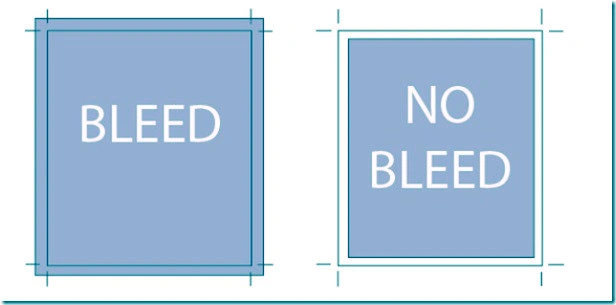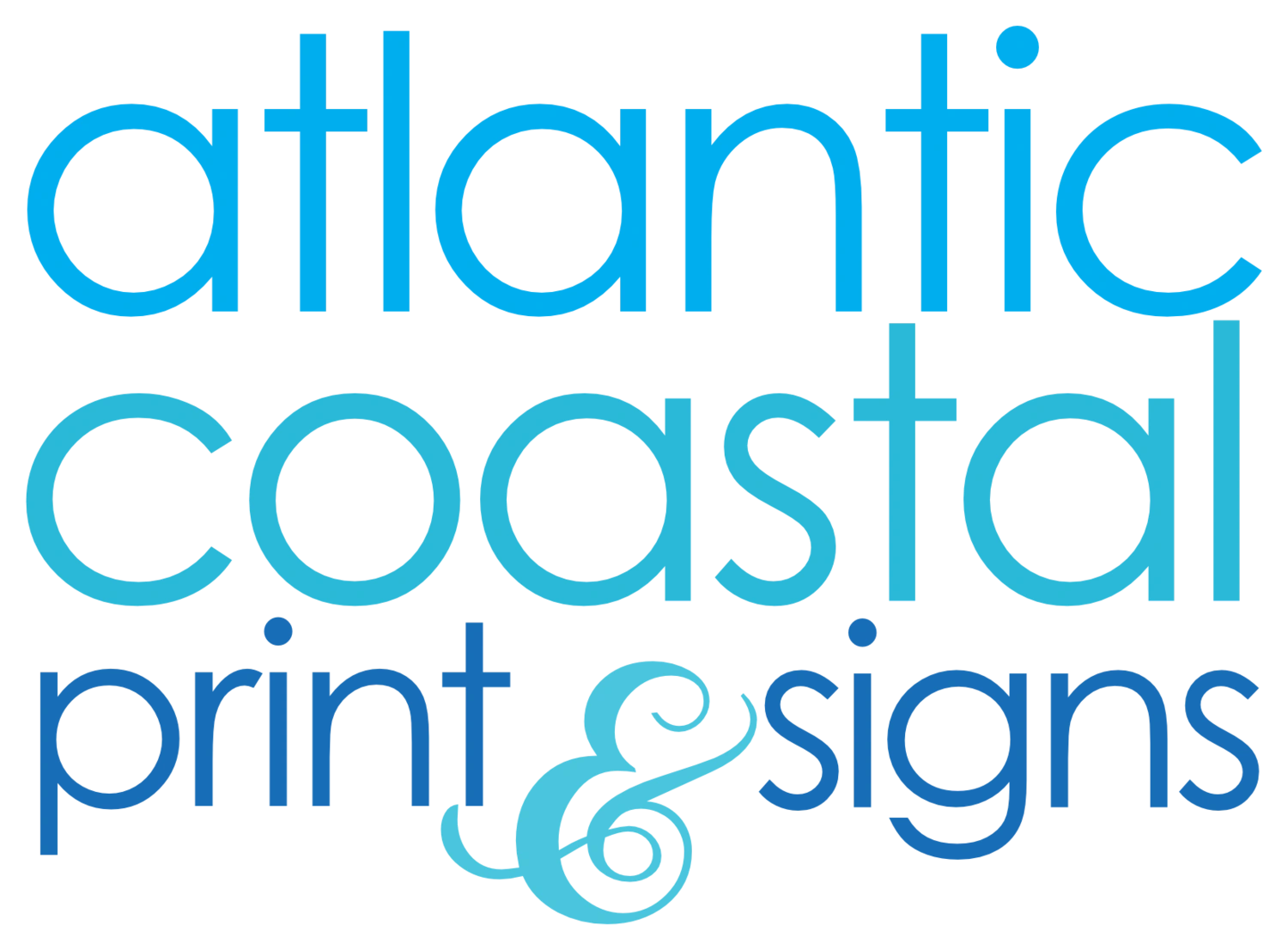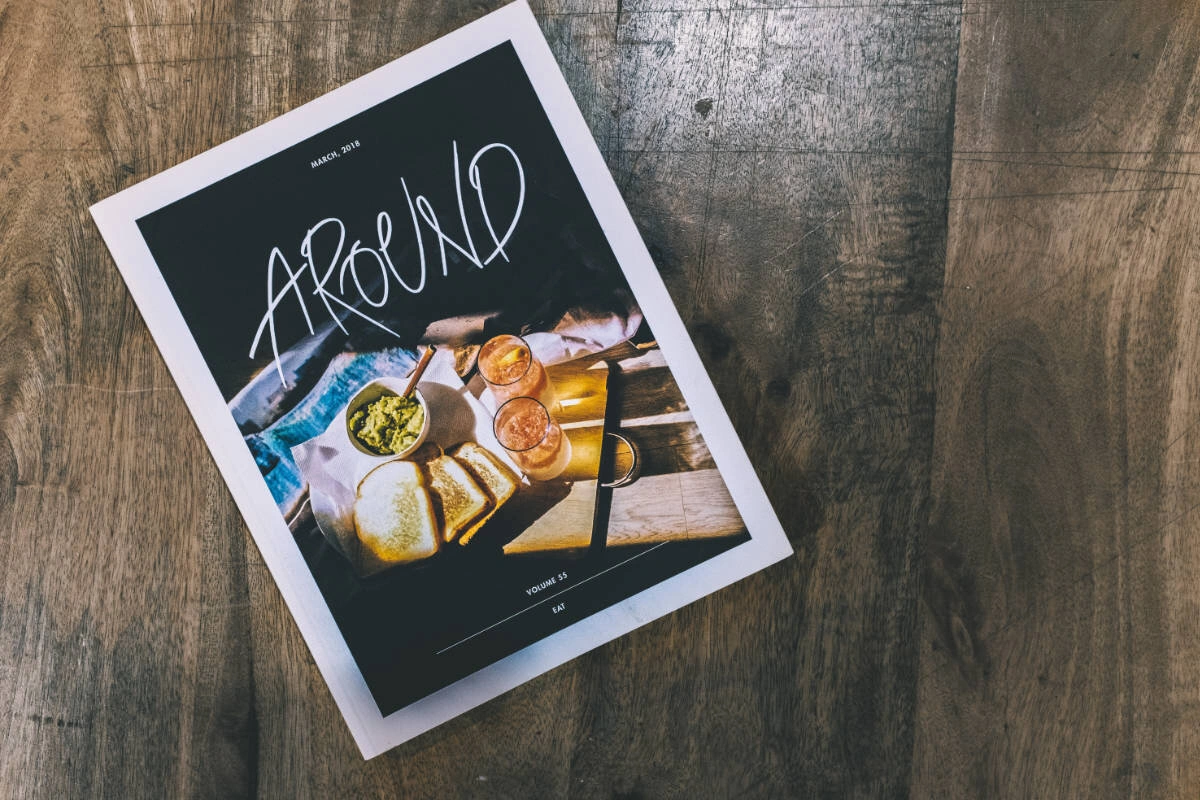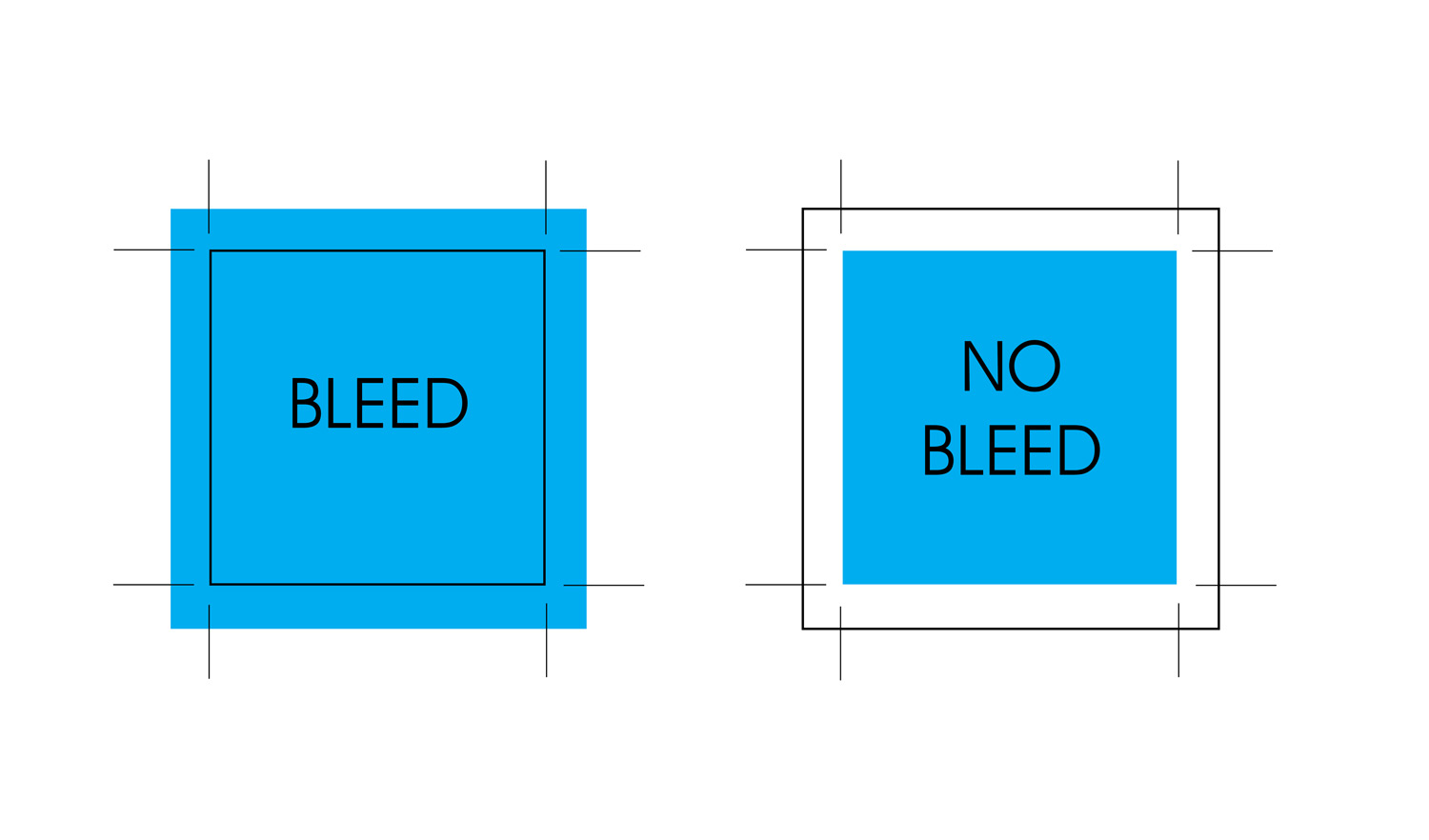1. Use color.
Especially photos! Full color printing these days is VERY affordable! Utilizing vibrant, full color, high resolution photos, is a must for making your next brochure, postcard or newsletter stand out from the rest. Don’t have the photo that you need? Do not underestimate finding and paying for a high quality stock photo online, giving your piece that perfect professional touch it needs!
2. Use bleed.
One of the most misunderstood issues common in printing, is a file without proper bleed or use of bleed. Bleed is when elements of the design of your piece go right to the edge of the piece. Printers need a bleed area to do this, which is typically 1/8” of space where the design elements that bleed, extend past the trim marks of the piece. (see image below).

3. Know your paper size.
The great thing about custom digital printing is that you can print any size you want for any piece (as long as it’s within spec); however, checking with your local print professional BEFORE nailing down the size of your piece isn’t a bad idea!
For example, you might be thinking you want to do a 6 x 9 postcard or flyer, which is fine, BUT if you check with your local print professional before sending the final print file, they might recommend adjusting the piece to 5.5 x 8.5, which is slightly smaller, however at that size, you could print 2-up on a 8.5 x 11 sheet and save money! A good printer will always make a recommendation to tweak the size of a piece if it can save you money!
4. Know your paper weights.
OK, so paper weights can be really confusing… 20# bond, 70# text, 100# cover etc… right?
Before you start your project, it is helpful to have a rough understanding of the basic types of paper.
- Bond – typically copy paper. 20# Bond is your basic Black and white copy paper, while we use 28# bond for color copy paper.
- Text – 70# text is your typical Letterhead paper weight, while your standard glossy trifold brochure is printed on 100# (gloss) text.
- Cover – Also known as card stock. 80# Cover is a light to medium weight card stock, used for fold over note cards, and sometimes for business cards. 100# and 110# cover medium-heavy weight card stocks, used for most business cards, postcards, rack cards etc.
5. Trust the Professional.
If you just read tips 1 through 4 and feel a little overwhelmed or don’t really know where to begin, or maybe you don’t have time to worry about the little details and you just want to pay to get your print project done right!
From concept to completion, your print professional can create a beautiful effective piece for you, including developing the copy (what it should say!), size & paper recommendations, design and layout.



